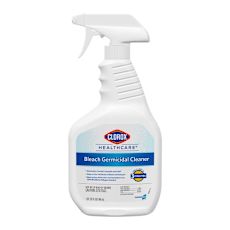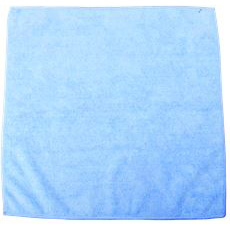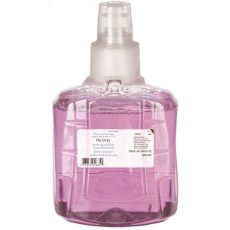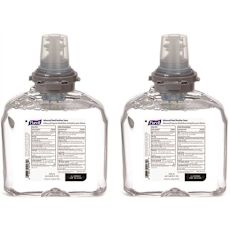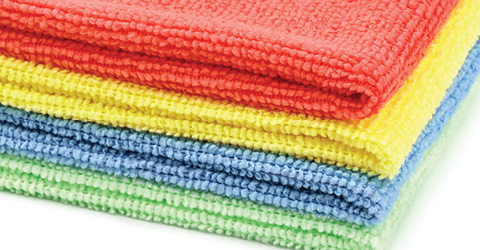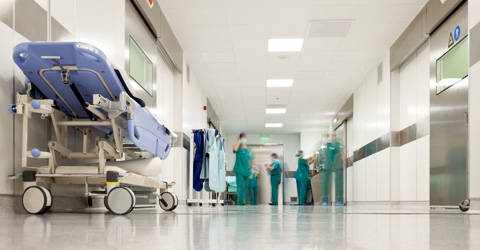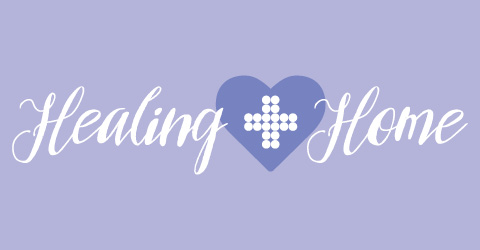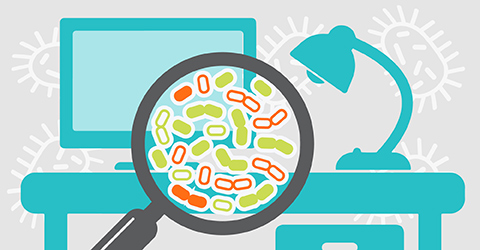Lifesaving Tips for Preventing HAIs
A health care-associated infection (HAI) occurs when a patient is in a health care facility receiving treatment for another illness or injury. The infection is caused by a variety of pathogens, and it can cause a significant amount of illness and/or death.
Did you know that 1 in 25 inpatients are affected by an HAI? These inpatients endure devastating emotional, financial, and medical consequences. In fact, HAIs cause tens of thousands of deaths and cost the U.S. health care system billions of dollars each year.*
The precautions below help lower the risk of spreading HAIs within your facility:
- Cleaning and disinfecting of frequently touched surfaces and equipment in rooms of patients on contact precautions is of the utmost importance. This should be done daily or prior to use by another patient in an outpatient setting.
- When interacting with patients or their environments, be sure you are wearing appropriate gloves, respirators, and other personal protective equipment (PPE) upon entry. Contain pathogens in rooms by properly discarding PPE before exiting.
- Only transport and move patients outside of their rooms if it is medically necessary. Before moving them, dispose of contaminated PPE and clean your hands properly. Put on clean PPE before handling the patient at the transport location.
- Blood pressure cuffs and other non-disposable equipment should be disinfected. Be sure to do this before use on another patient when using the same equipment for multiple patients.**
*health.gov. Health Care-Associated Infections. Retrieved from https://health.gov/hcq/prevent-hai.asp
**cdc.gov. (2016, January). Transmission-Based Precautions. Retrieved from https://www.cdc.gov/infectioncontrol/basics/transmission-based-precautions.html



